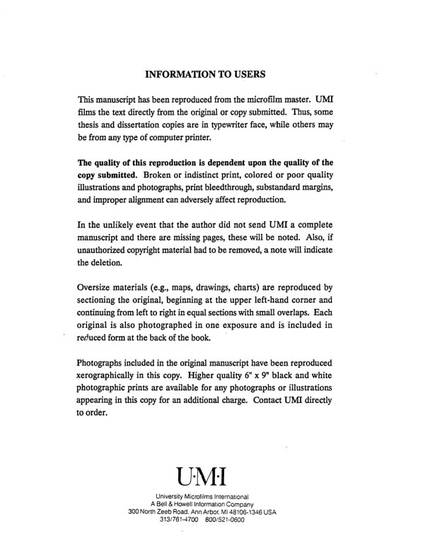
The purpose of this study was to evaluate the performance of one-year-old red oak seedlings with graded root systems on different sites, to determine if initial root system morphology would influence seedling survival and growth, and to determine whether differences in root system quality would be important over time regardless of outplanting site characteristics. Nursery-run bare-root northern red oak seedlings from the Iowa Department of Natural Resources State Forest Nursery in Ames were graded according to numbers of large first-order lateral roots and outplanted in spring, 1987, on nine plots distributed among three sites in central Iowa;Annual counts of survival and field measurements of height and diameter began in fall, 1987. Also beginning in fall, 1987, six trees per plot were carefully excavated each year for three years, preserving as much of the root system as possible. Excavated seedlings were measured to determine height, diameter, and numbers of roots, and were oven-dried to determine root and shoot dry weights;Survival, height growth, and diameter growth were significantly greater for seedlings with 10 or more large first-order lateral roots than for seedlings with 4 or fewer, and also varied significantly according to outplanting site. Based on analyses of partial correlations, seedling survival and growth were significantly related to initial root grade and to certain soil properties. Measurements of harvested trees indicated statistical differences between seedlings with fewer than 4 large laterals and seedlings with 10 or more, and among sites, for most shoot and root characteristics. Inadequate height growth for all seedlings at the end of three years was attributed to drought conditions, animal damage, and poor control of competing vegetation;Combined results for seedling survival and growth indicated that red oak seedlings with 5 or more large first-order lateral roots have a greater probability of success both in terms of establishment and competitive early growth than those with 4 or less. Variation in performance of seedlings from the three root grade groups on different sites suggested that "prescription" planting of red oak stock according to outplanting site characteristics may be useful.
Available at: http://works.bepress.com/janette_thompson/12/
